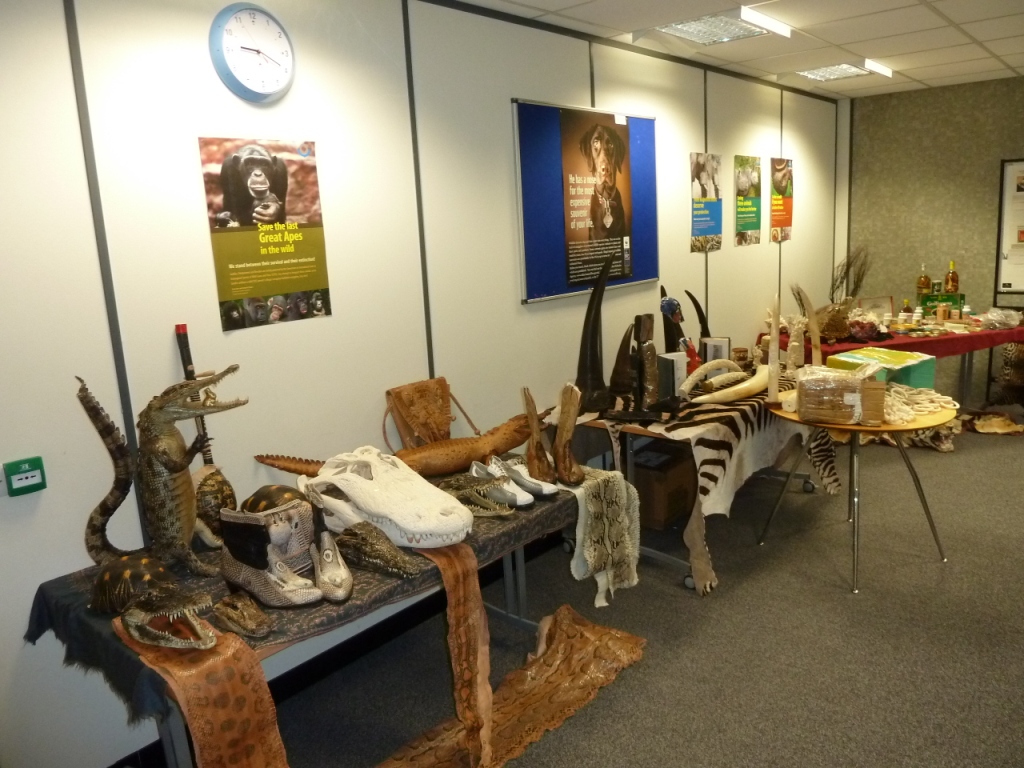Governments might be able to prevent future pandemics by investing as little as $22 billion a year in programs to curb wildlife trafficking and stem the destruction of tropical forests, a new analysis by an international team of scientists and economists shows.
Compared to the $2.6 trillion already lost to COVID-19, and the more than 600,000 deaths the virus has caused so far, that annual investment represents an exceptional value, the experts argue.
They estimate that the total cost, in current dollars, of the preventive measures they recommend over the next 10 years is only about 2% of the estimated eventual costs of the COVID-19 pandemic, which some economists predict could reach $10 to $20 trillion.
The team, which was led by scientists at Princeton and Duke universities, published its peer-reviewed analysis July 24 in Science.
In their paper, the experts note that COVID-19, SARS, HIV, Ebola and other viruses that have spread from animal hosts to humans over the last century have been linked to close contact between people and live primates, bats or other wildlife. In some cases, the animals have infected humans directly; in others, the route of infection has been indirect, through livestock the humans ate.

The paper’s authors also note that locations near the edges of tropical forests, where more than 25% of the original forest has been lost, tend to be hotbeds for these animal-to-human virus transmissions. For example, bats, which are the probable reservoirs of Ebola, SARS and the virus behind COVID-19, are more likely to feed near human settlements when their original forest habitats are disturbed by road building, logging or other human activities.
This has been a key factor in the emergence of viral outbreaks in West Africa, Malaysia, Bangladesh and Australia, said Andrew Dobson, professor of ecology and evolutionary biology at Princeton.
Wildlife markets and the legal and illegal trade of wildlife for pets, meat or medicine add to these risks by bringing huans into close – and often poorly regulated – contact with animals that may carry a virus, said Stuart Pimm, Doris Duke Professor of Conservation Ecology at Duke.
“Surprise, surprise, wild animals can harbor a lot of nasty things,” Pimm said. “The good news is, by investing between $22 and $31 billion dollars a year in programs to monitor and police the wildlife trade and curb tropical deforestation, we could stop future pandemics before they start and substantially reduce the odds of having something like COVID-19 happen again.”
Dobson and Pimm’s co-authors included environmental and medical scientists, economists and conservation practitioners from 14 institutions or nonprofits.

Their recommendations, which are summarized in the paper, include spending about $500 million a year to expand and enhance wildlife-trade monitoring programs and technologies. Currently, the organization charged with this task, the Convention on International Trade in Endangered Species of Wild Fauna and Flora (CITES), has a net annual worldwide budget of just $6 million, and many of its 183 signatory countries are several years in arrears with their payments. Aside from bolstering the organization’s effectiveness, the added dollars would enable the use of regional and national groups to augment CITES’ efforts.
Other recommendations made in the paper are:
- Investing between $217 and $279 million annually on early detection and control measures. This includes the creation of a library of virus genetics that could be used to pinpoint the source of a newly emerging pathogen early enough to slow or stop its spread, and, ultimately, help speed the development of serology tests to monitor future outbreaks and vaccines to prevent them.
- Investing more than $19 billion each year on programs to end the wild meat trade in China and educate consumers and hunters about its potential risks.
- Investing up to $9.6 billion a year on programs and policies that would reduce tropical deforestation in critical areas by 50%.
- Allocating up to $852 million a year to reduce viral spillovers, or inter-species transmissions, in livestock.
Co-authors of the new study hail from Conservation International; the University of California-Santa Barbara; Boston University; Arizona State University; the University of Illinois at Urbana-Champaign; Harvard University; Earth Innovation Institute; EcoHealth Alliance; the University of Wisconsin-Madison; World Wildlife Fund International; Duke Kunshan University; Rice University; George Mason University; the Safina Center; and Federal University of Rio de Janeiro.
Featured image: “Forest Destruction” painted on the side of a barge of illegally felled trees by Greenpeace activists. Image credit Esparanza A Greenpeace ship, CC BY-SA 2.0.





